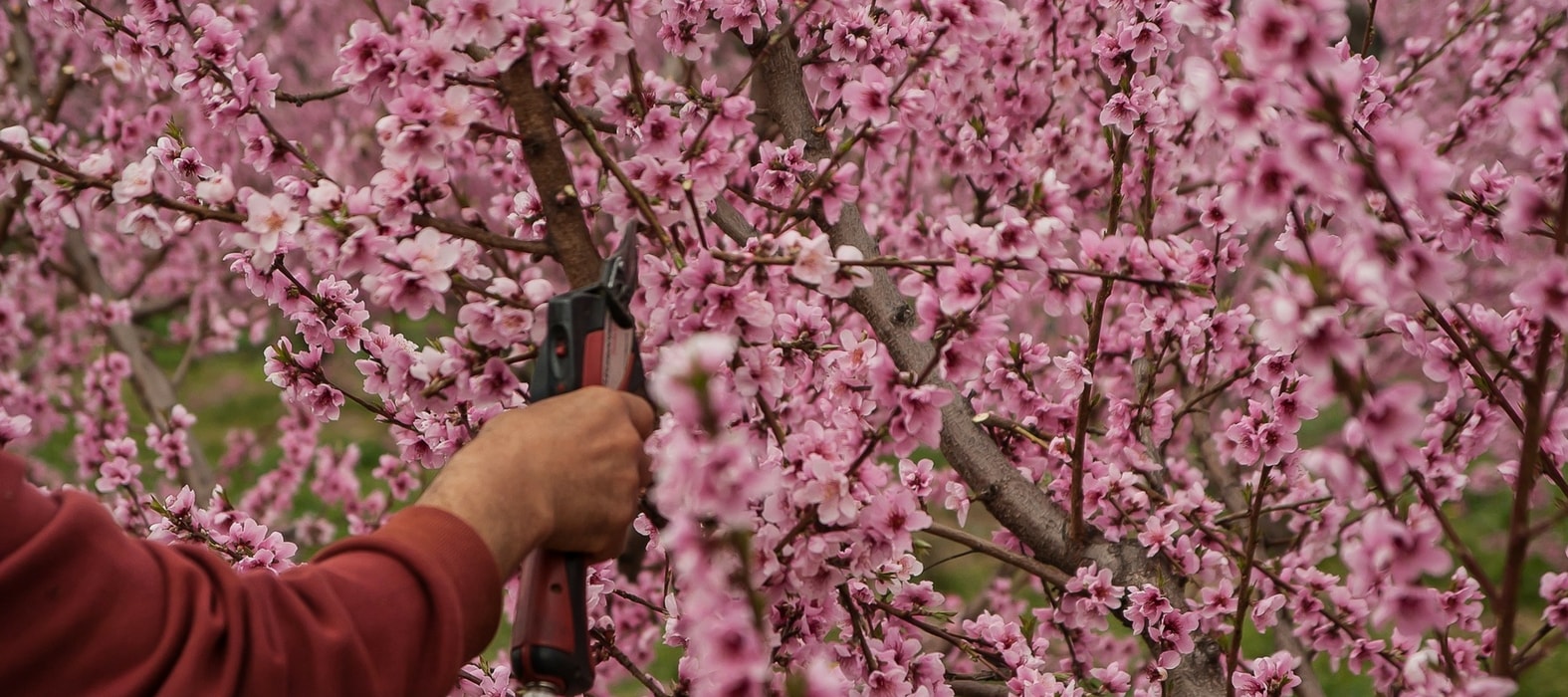
Fruit trees: pruning of a young shoot
to obtain a cup or a trained shape
Contents
The young plant is a fruit tree grafted for one or two years, which needs to be trained. It is ideally planted in autumn. Different shapes exist: for example, you can train it as a goblet or support it against a trellis. Here are our pruning tips to achieve these different fruiting habits.
The goblet fruit tree
The fruit tree develops from several spreading main branches, resembling the shape of a goblet. This very common shape allows for good penetration of air and light, making the harvests accessible. The height of the trunk varies, ranging from 40 cm to 1.50 m.
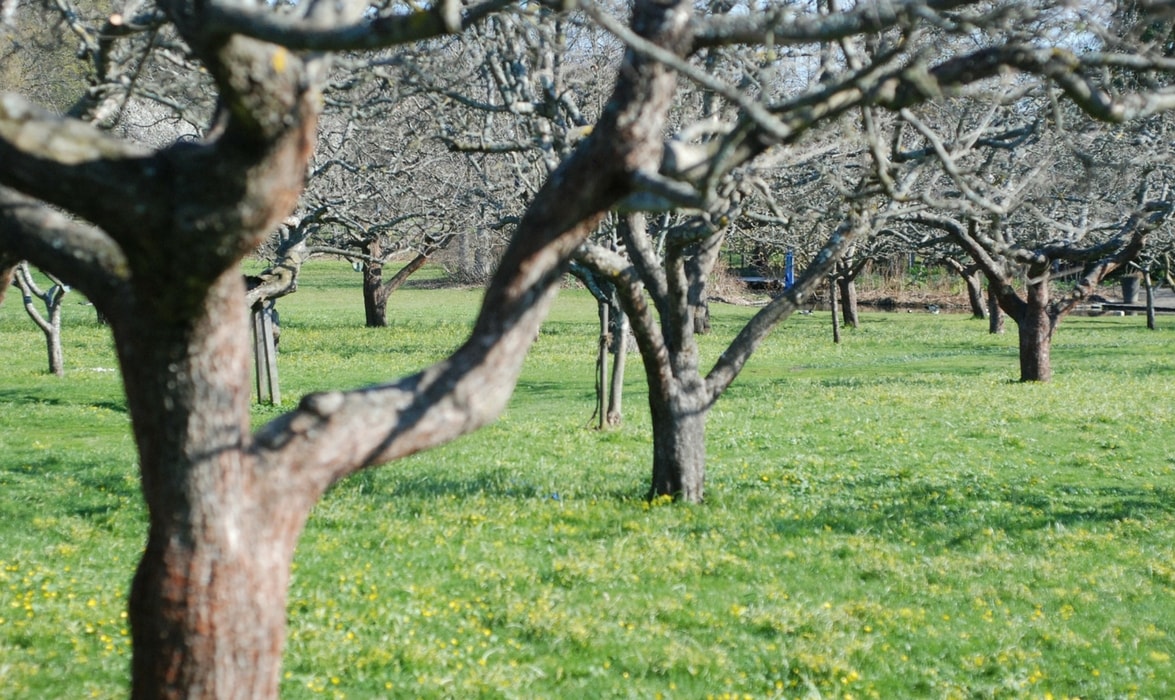
How to shape a goblet fruit tree?
- When planting, stake the young plant.
- Cut the young plant to the desired height, above 3 or 4 eyes distributed on either side of the trunk.
- Remove the buds located below.
- From these 3 or 4 eyes, the main branches will gradually take on the shape of a goblet.
- The following year, prune these main branches to 20 or 25 cm in length, after an eye directed outward. The pruning of the main branches that have given rise to 2 new branches will result in 6 or 8 main branches.
![]()
- You can place a circle (made of wicker or hazel, for example) in the middle to maintain the goblet shape or gently tie the main branches to stakes placed at an angle to lower them.
- The following winter, prune these main branches to 20 or 25 cm from the previous pruning, after an eye directed outward.
Read also
Pruning fruit trees in palmateTrellis forms
Trellising allows for the training of a fruit tree in a shallow space, facilitating harvesting, maintenance, and reducing the risk of diseases through good air and light circulation. The first fruiting occurs more quickly, but these forms require regular pruning.
Trellising is particularly well-suited for apple trees and pear trees. It can also be done on apricot trees or peach trees to protect them against a wall in cooler regions. Be sure to check the variety, its vigour, and the rootstock used, as they may be more or less suitable for trellising.
The most common trellising forms are:
- the U-shaped espalier (single or double) and the Verrier espalier: The single U consists of two vertical framework branches from the young plant, taking the shape of a U, spaced 30 cm apart and approximately 2.5 m high. It is also possible to form a double U (two U’s side by side) or a Verrier espalier (small U’s within a large U).
- the cordon: it mainly applies to apple trees, which will be trained horizontally, on one or two arms (left and right) and on one or two levels, spaced 40 cm apart.
- the oblique espalier: lateral branches develop from a vertical cordon and are trained obliquely.
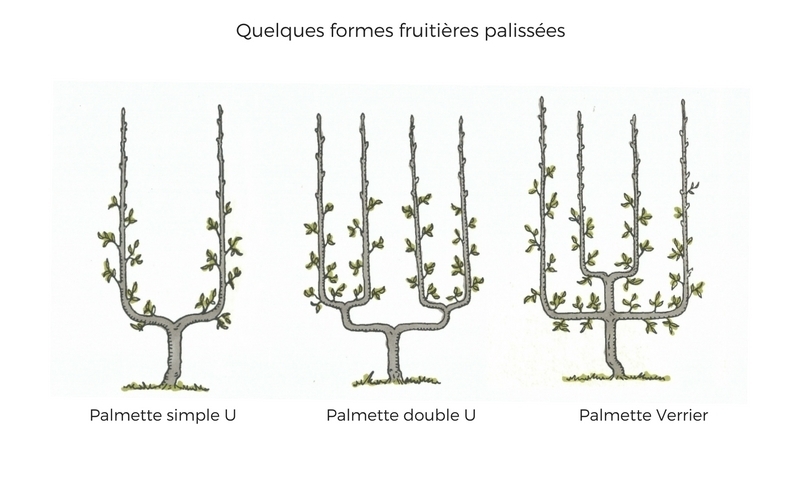
Here are two examples of creating a trellis from a young plant:
Formation of a simple U:
- Prepare a trellising support, the length and construction of which will vary depending on the number of young plants to be planted and the location (wall, hedge…).
- For each young plant, provide two vertical stakes spaced 30 cm apart, which will serve as support for the two vertical framework branches, as well as horizontal wires: the first will be placed 30 cm above the ground, and the following will be spaced 50 cm apart.
- Plant the young plant and cut it to 30 cm above the ground, above 2 lateral buds, one on the left and the other on the right.
- Remove all the eyes located below. When the two branches from the pruning have reached 25 to 30 cm, temporarily attach them obliquely to the support. If one of the branches develops faster, lower it further and raise the other branch.
- In the following season, train the branches horizontally and raise the ends vertically, fixing them to the support without tightening too much. Remove the eyes that form at the curvature and pinch the lateral branches to 3 leaves.
- Extend the cords by 25 cm each year, pruning after an eye located opposite the eye of the last pruning, to keep the cord as straight as possible.
- Remove the eyes located on the front or back of the vertical cordon, to encourage the appearance of spurs on the sides. Keep one spur every 15 cm. Pinch the tips of the lateral branches at the top if they are too vigorous compared to the growth of the framework branch.
Formation of a simple cordon at one level:
- Position a wire horizontally, 40 cm above the ground, between 2 stakes spaced 2.5 m apart.
- Install the young plant and tie it to a stake.
- Gently form a bend on one side (left or right) and tie it (without tightening too much) to the horizontal wire.
- Prune the tip to 30 cm, after an eye directed downwards.
- Remove the eyes on the trunk of the young plant and those located just at the curvature level.
- Extend your cordon by 20 to 30 cm each year, always pruning after an eye directed downwards. Remove vertical shoots. Keep one spur every 15 cm, ideally arranged alternately, on either side of the cordon.
- In summer, pinch the lateral shoots after the 5th leaf.
The pruning of trellised forms is presented in a specific sheet (see advice sheet: pruning fruit trees trained in espalier).
Discover other Apple trees
View all →Available in 0 sizes
Available in 0 sizes
Available in 0 sizes
Available in 0 sizes
Available in 0 sizes
Available in 0 sizes
Available in 2 sizes
Available in 1 sizes
Available in 1 sizes
Available in 1 sizes
- Subscribe!
- Contents































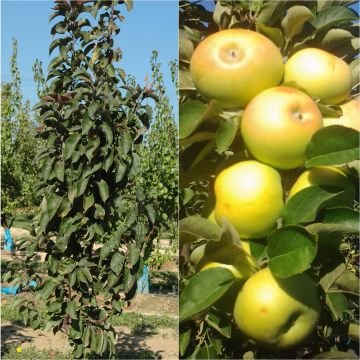
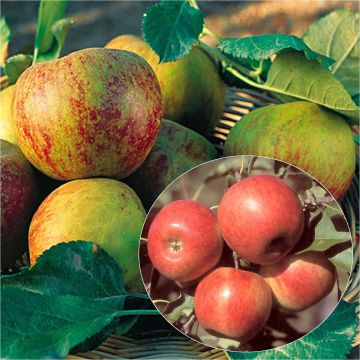
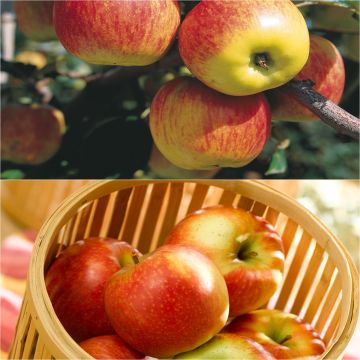
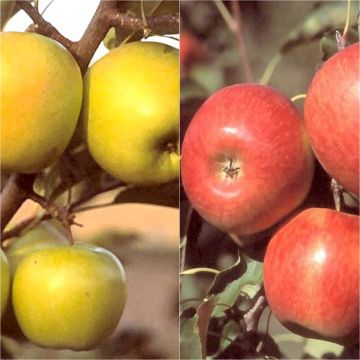
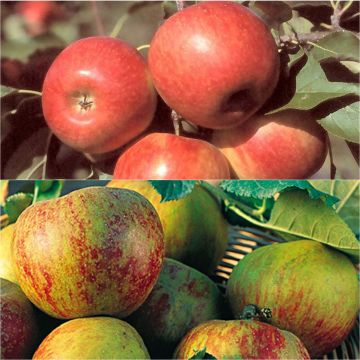
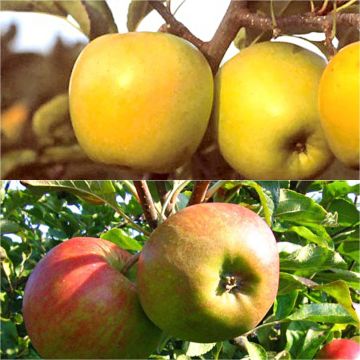
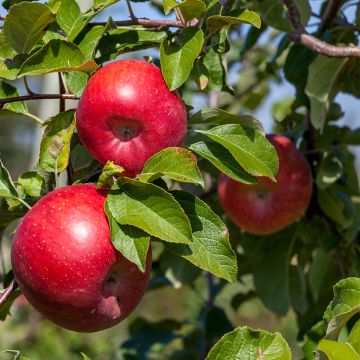
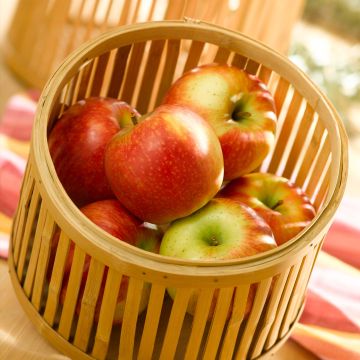
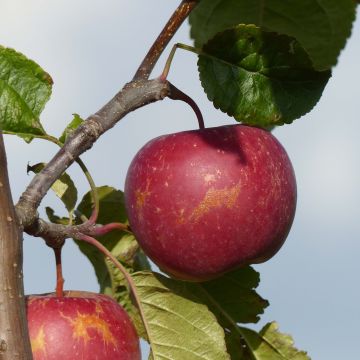
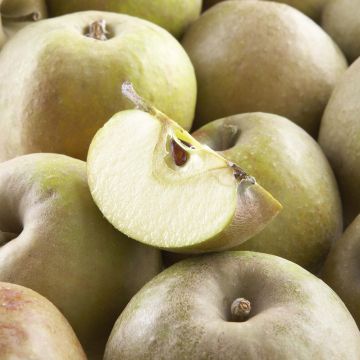
Comments